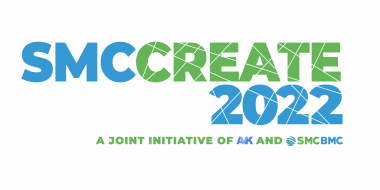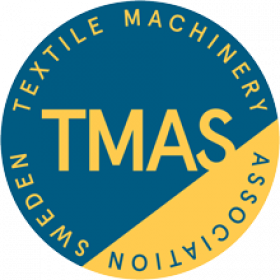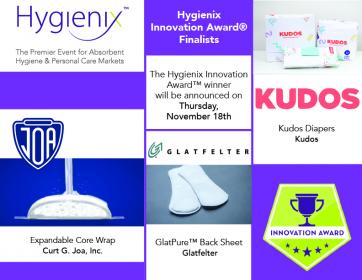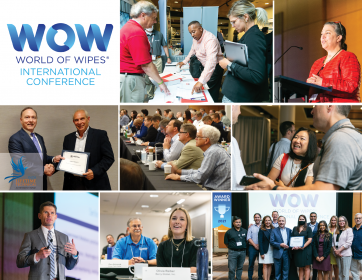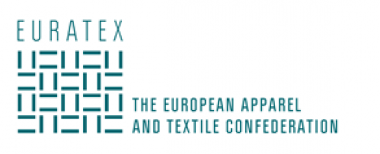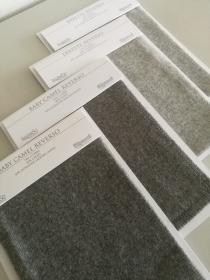SMCCreate 2022 design conference – programme available
SMCCreate 2022, the design conference jointly organized by the AVK and the European Alliance for SMC BMC takes place from 28-29 June 2022 in Antwerp, Belgium. Registrations are now possible.
This unique conference about design in SMC and BMC composite materials will provide valuable insights in the entire product design process from idea to part manufacturing, targeted both at experienced designers and at designers that are new in applying these versatile materials.
Within the time of only 1.5 day, the SMCCreate 2022 conference will cover a wide range of subjects, all relevant for designers in their selection of materials solutions that provide performance, cost efficiency, manufacturing ability and sustainability.
Program
15 lectures by international speakers from France, Germany, Italy, Spain, The Netherlands and the USA will present practical presentations about sustainability, part design, mobility and automotive applications. Equally current trends and developments in the European SMC/BMC market are on the agenda.
Date and Location
The SMCCreate 2022 Conference will be organized on June 28-29, 2022 in the Hilton Hotel in Antwerp (Belgium). The presentation language will be English. The programme, further details and registration information is available at www.avk-tv.de.
AVK - Industrievereinigung Verstärkte Kunststoffe e. V.


